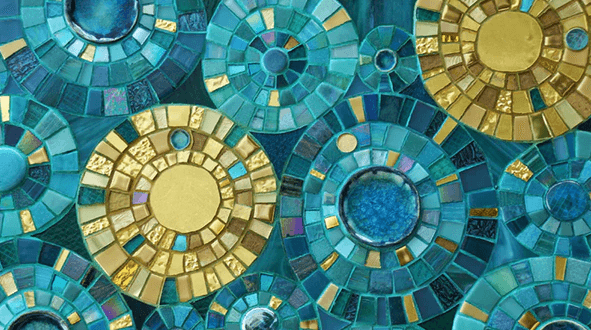Art:Yda71tcgbse= Mosaic

Art:Yda71tcgbse= Mosaic, with its rich historical significance and evolving contemporary interpretations, serves as a compelling lens through which to examine cultural narratives and identity. From ancient rituals to modern urban settings, the techniques and materials employed in mosaic creation reveal much about societal values and artistic innovation. As we explore the contributions of notable contemporary artists and the role of mosaics in our public spaces, it becomes increasingly clear that these works are not merely decorative; they are vibrant expressions of community and dialogue. What implications do these artistic transformations hold for our understanding of culture today?
The History of Mosaic Art
Emerging from the annals of ancient civilizations, the history of mosaic art reveals a rich tapestry of cultural expression and technical innovation.
Its ancient origins are steeped in ritual and storytelling, embodying the cultural significance of community identity and shared narratives.
As societies evolved, mosaics became a medium through which artists conveyed complex themes, reflecting both individual and collective aspirations.
Techniques and Materials Used
Mosaic art not only serves as a historical canvas but also showcases a diverse array of techniques and materials that have evolved over time.
Cutting techniques, such as direct and indirect methods, facilitate intricate designs, while adhesive materials like thin-set mortar ensure durability.
The interplay of colors and textures in selected tesserae reveals the artist’s vision, enhancing both aesthetic appeal and structural integrity.
Read More Anime:Demcuruevqi= Girl
Notable Contemporary Artists
While the history of mosaic art is rich and varied, the contemporary scene is defined by a group of innovative artists who push the boundaries of this ancient medium.
Notable figures like Emma Biggs and David L. Smith explore cultural influences in their work, crafting unique artist profiles that reflect personal narratives and societal themes, thereby redefining mosaic art for a liberated, modern audience.
Mosaic Art in Modern Spaces
The integration of mosaic art into modern spaces represents a dynamic evolution of this ancient craft, reflecting contemporary aesthetics and functionality.
Mosaic installations in urban settings not only enhance architectural beauty but also foster community engagement.
These vibrant urban mosaics serve as cultural landmarks, inviting public interaction while celebrating diversity and creativity.
Ultimately, they transform mundane environments into visually captivating experiences.
Conclusion
Art:Yda71tcgbse= Mosaic, a tapestry woven from fragments of history, continues to thrive as a medium of expression that bridges the past and present. Contemporary artists, through innovative techniques and materials, breathe new life into this ancient form, transforming urban landscapes into vibrant cultural narratives. These installations serve as communal touchstones, inviting engagement and reflection. Ultimately, mosaic art not only enhances aesthetic environments but also weaves together the diverse threads of identity and shared experience within society.






